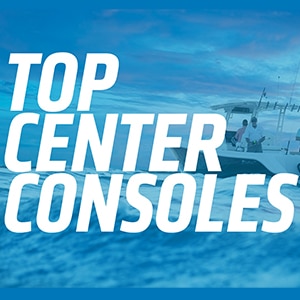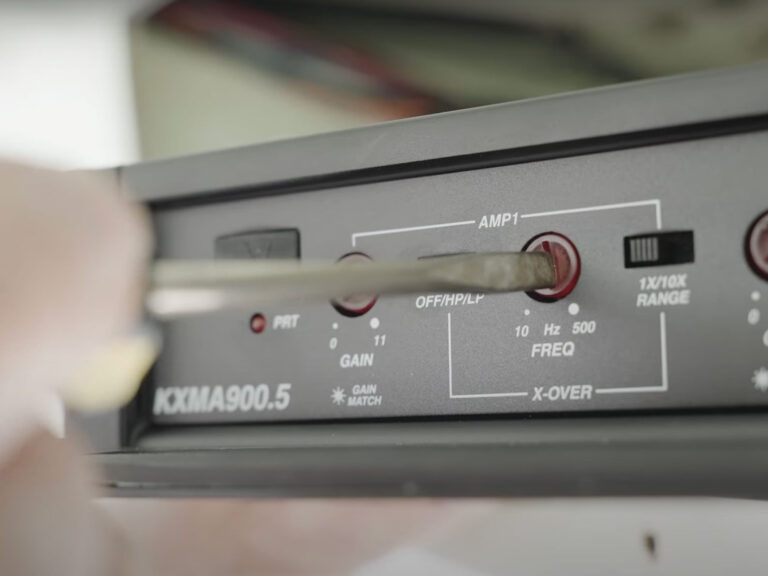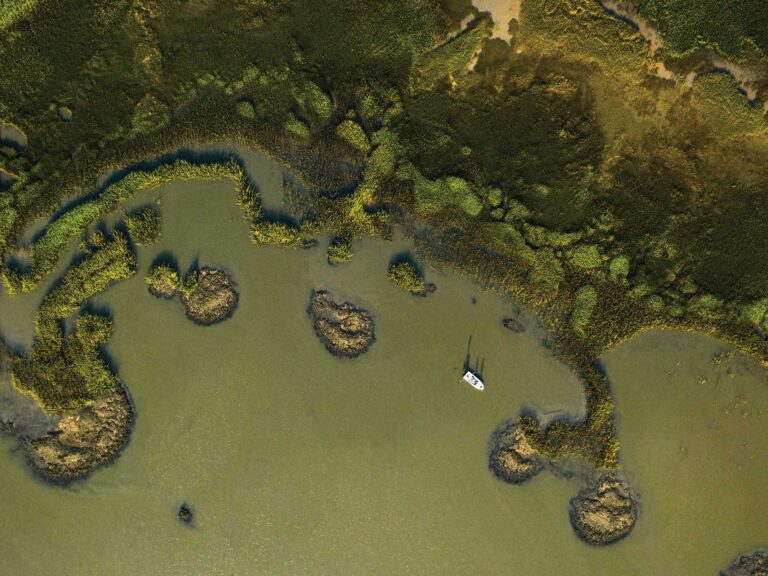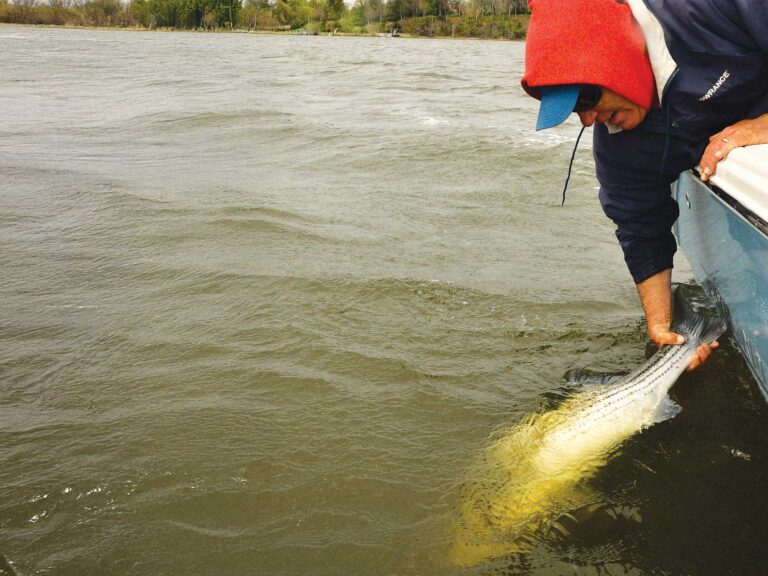Allocation is a hot topic these days and may answer some fisheries-management questions. “Allocation” is the technical term for how catchable fish stocks are divided between recreational and commercial fishermen. If recreational fishermen do not play a role in the initial allocation process, they could miss out on their fair share.
Anglers constitute about 97 percent of marine-resource users and they get about three percent of the total resource. These figures count industrialized fisheries, such as commercially caught pollock in the Pacific Northwest, but the numbers are still skewed in the wrong direction. Anglers generate more economic activity with their three percent of finfish than the commercial industry. And yet most fisheries are managed in favor of commercials.
Fishery managers are moving in the direction of management schemes characterized by two things: hard quotas and dedicated access privileges. Hard quotas mean that only a set number or poundage of fish can be landed and then the fishermen have to stop fishing for that species. Any overages must be paid back in the next season.
Dedicated-access privileges mean that ownership rights, either temporary or permanent, are transferred to those catching a target species and the fishermen can fish when the weather, price and potential catch are optimal. This tool has already been used in the form of Individual Transferable Quotas (ITQs), Individual Fishing Quotas (IFQs), Cooperatives or, the latest hot term, “market-based management solutions.” While other countries have used these tools extensively, the U.S. has employed a few, most notably IFQs for Pacific halibut off Alaska. Alaska also has some cooperatives for salmon. The good news is that they work. The bad news is that they require the resource to be allocated, and the initial process will determine the winners and losers.
THEORETICAL FISH
A hypothetical fishery and its allocation process will give a sense of how difficult it will be for anglers to get a fair share and to divide up the recreational portion. The coddock (any resemblance to a real fish is purely coincidental) fishery is our test case. Historically, these fish have been commercially caught in state and federal waters, but they have been valued recreationally, too. From 30 years ago up to about ten years ago, the commercial catch was 95 percent of the total landings. Now, decreasing commercial catches bring in only 80 percent. The commercial fishery uses hooks and line, gillnets and otter trawls. The recreational fishery is made up of individual anglers and charter and party boats.
Here is where the first problem arises: On what breakdown do we base the initial split? Is it the catches from the past five years or an average of the last 30 years? Each one will give a different result. The recreational side would push for using the most current years of data. This will be the first real battle, fought at the federal and state level.
Back to the coddock: Imagine everything goes pretty well and the recreational fishery gets a 15-percent allocation. How will that be divided between the different non-commercial sectors? Will it be the same split for state and federal waters? Will it be based on statistics from the Marine Recreational Fisheries Statistical Survey (MRFSS)? The MRFSS was not designed to be a fisheries-management tool, has a high margin of error and is not reliable, but it may be the only game in town.
Also, what will happen if the recreational users exceed their quota? How will this be determined and how will it be paid back? These questions warrant some thought. Allocation battles over cod, striped bass and fluke have been fought within the recreational side and they may get worse. The sector needs to work together to split the catch.
REAL EXAMPLES
Currently, allocations have already been made to some sectors, such as cod to the Cape Cod Hook Fisherman’s Association, yellowtail flounder to the scallop fishery, various Alaskan salmon to local communities and haddock to the herring fishery. These allocations, which take place without an overall plan, make it harder for recreational users to get a fair allocation, because the pie will be all sliced up before this sector gets to the table.
Plenty of questions persist: Would the quota system last forever or be reviewed periodically, revisiting the turf battles? Are the quotas transferable, meaning that one sector can buy quota from another?
Under the system, commercial quota could be bought and moved to the recreational quota, which would benefit non-commercial users over the long term, since no single angler will own any quota that could be sold in the other direction.
Will this all work? Uncertain. Can it work? Yes, but only with a great effort on the part of the recreational-fishing industry. While bigger government is rarely the answer, the feds could establish a procedure and create a workable process that could be copied at the state level.
This change in management strategy has yet to gain a head of steam, but it is being discussed by fisheries managers at the federal level and in several councils. While the change will not happen to all species simultaneously it will be more evolution than revolution personal-use and recreational fishermen need to begin to play their role as soon as possible.









